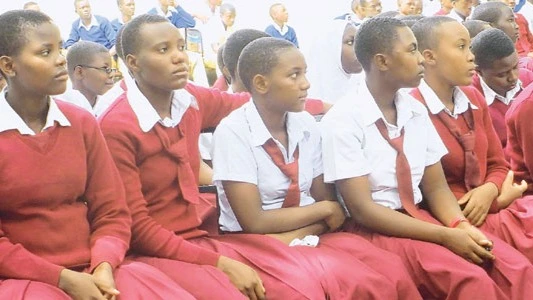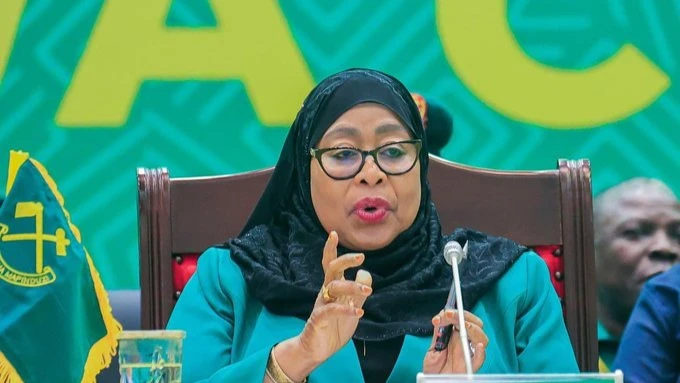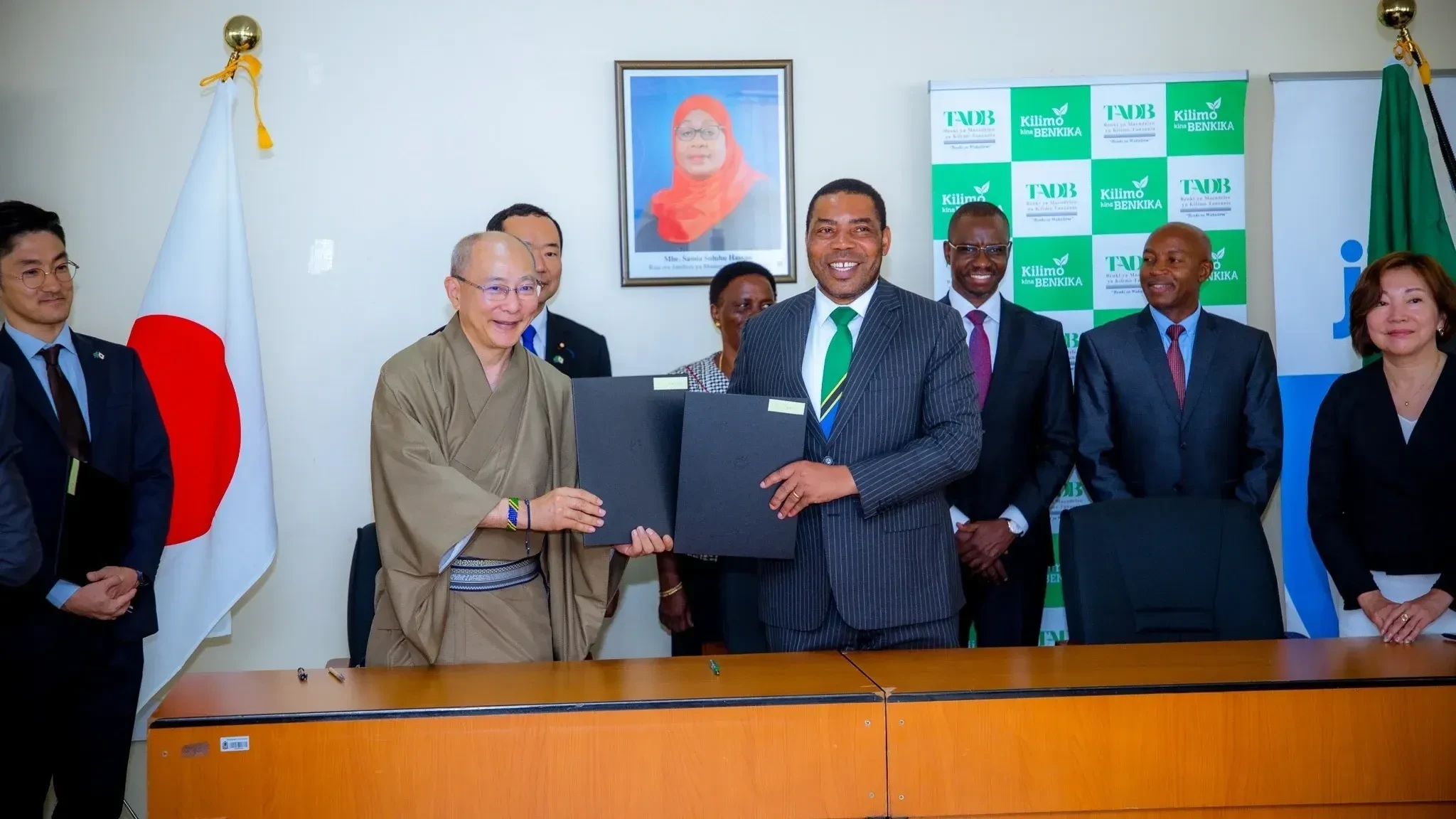Girls taking vast share of boarding space is positive

WE are being treated to plenty of talk and various engagements in relation to improving expectations for girls, including in the education sector.
The government and various other players are doing much to bring about better conditions for girls, in some ways even beyond what activists commonly demand.
This is the feeling one gets on hearing that girls will be given priority among the 6,810 fresh secondary school students set to join national boarding schools early next year.
The minister in charge of Regional Administration and Local Governments explained this allocation in respect of secondary school selections.
By contrast, there was less than parity in selections for boarding schools for high achievers, as 329 of those selected are girls and 480 are boys.
The order of priorities is reversed for vocational schools, where 1,174 students were selected, with a sharp imbalance of 197 girls selected and a whopping 977 for boys.
This carefully orchestrated method of boosting chances in life as well as easing the work of protecting the young people in their learning aspirations shows that the formula for 50-50 parity ideas is not the best in many circumstances.
The government merits applause for working to create the highest available number of spaces for boarding school for girls. That is as it should be, while the positive discrimination is reversed in vocational spaces.
One lesson one could draw from this is the difference between parity and equity, considering that parity is an outlook to maximise available chances at the gender level.
This idea has its merits and is already applicable in many areas although not as much yet in a wide range of needs or requirements.
High-achieving boys get boarding opportunity as further encouragement to study even harder and in a more purposeful manner, while girls are allocated more space as less a matter of study encouragement but protection.
Thus when one looks at the figure of 974,332 candidates (525,225 girls and 449,107 boys) completing primary education, there is something close to parity.
Something in that order is also visible in looking at 3,067 pupils with special needs (1,402 girls and 1,665 boys) who were selected in that the selection of which pupils go to what school and on what basis did not just follow the pass mark aspect.
The latter would suffice in having only a few boarding schools allocated to boys, with greater effort made to get girls into the schools.
Even if there will be reservations as to which specific students were placed on what sort of schools, by sensing that some favour may have been be extended in some cases, we need to take note of what is essential.
The point is that the overall structure of allocation of schooling at the next level is positive and even inspiring, as young girls are facilitated to study in the most appropriate environment. Excellent…
Top Headlines
© 2025 IPPMEDIA.COM. ALL RIGHTS RESERVED

















